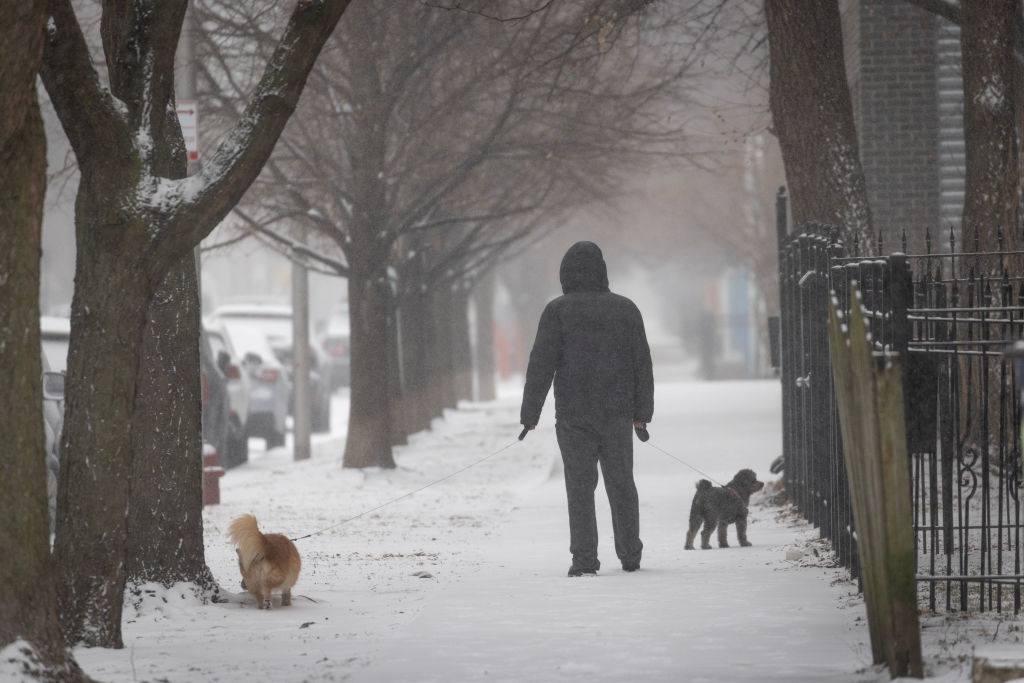
If the earth is warming, why are we still getting winter storms?
Climate change is leading to shorter and warmer winters in North America, experts agree. But that doesn’t mean that winter storms will become a thing of the past.
[time-brightcove not-tgx=”true”]
In fact, climate change is making storms more intense. As the Earth’s atmosphere warms, it’s able to collect and hold more moisture—which means more precipitation. “The atmosphere behaves a bit like a sponge, and that means that it can suck up more moisture when it’s warmer, but also that when you wring the sponge out, more moisture can fall out of the sky in the form of precipitation, and in the winter, snowfall,” says Daniel Horton, associate professor in the Department of Earth, Environmental and Planetary Sciences at Northwestern University.
As a result, some areas are beginning to get more precipitation year-over-year. “Winter storms themselves are starting to produce a lot more extreme precipitation totals, freezing rain, sleet, even snowfall, in some of these areas,” says Jason Furtado, associate professor of meteorology at the University of Oklahoma. “This year in particular, a lot of this snow is actually happening in places we don’t think about it happening like New Orleans or on the Florida Gulf Coast.”
As the Arctic warms, high pressure systems build in the region’s atmosphere, displacing cold fronts and causing them to move south, creating stronger storms. Though the phenomenon has been occurring for years, warming temperatures means these intrusions are occurring more frequently. “We start to get these big, large, high pressure systems that build across the Arctic, and that serves to actually displace and remove some of that cold air and start to surge it more into our latitudes,” says Furtado.
Storms feed off of the temperature difference between the cold Arctic air and warmer lower latitudes. The result is two-fold, says Furtado: “Now we will have more energetic storms that are able to also hold more moisture from oceans because the atmosphere is slightly warmer.”
Lakeside regions—like New York and Michigan—will also find themselves vulnerable to a phenomenon called “lake effect snow” as the regions see warmer temperatures. “Our lakes are warming, and they stay warm longer through the winter season,” says Horton. Because of that, they don’t ice over as much as they used to, and the warmer water evaporates into the passing cold fronts. “They have more of a capacity to release their moisture when the cold, Arctic air flows over them.”
It’s just one example of how, around the United States, winters are no longer looking like they once did. “We’ve been used to a certain climate regime for the past fifty plus years,” says Furtado. “And we’re going through this transition now where things are rapidly changing.”



